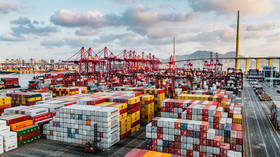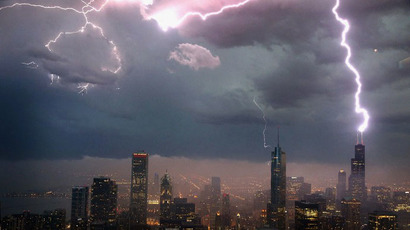Hurricanes, quakes, tornadoes displace 22mn people in 2013, 3 times more than wars

Some 22 million people were displaced by natural disasters in 2013 - three times more than from conflicts and wars. Asia became the displacement ‘hotspot’, accounting for over 80 percent of those affected.
Currently, twice as many people are displaced than there were in the 1970s, researchers stated.
The main cause behind the surge in numbers is the rapid urbanization, with the growth and concentration of urban populations, especially in “vulnerable countries.”
“This increasing trend will continue as more and more people live and work in hazard-prone areas. <…> More people today are exposed and vulnerable,” Jan Egeland said.
What’s more, this kind of displacement is “expected to be aggravated in the future by the impacts of climate change,” Egeland added.
The report emphasizes the fact that the disasters can happen in any area in the world. However, the worst-affected for several years running has been Asia, with a staggering 19 million – around 87 per cent of the total figure - forced to flee their homes.
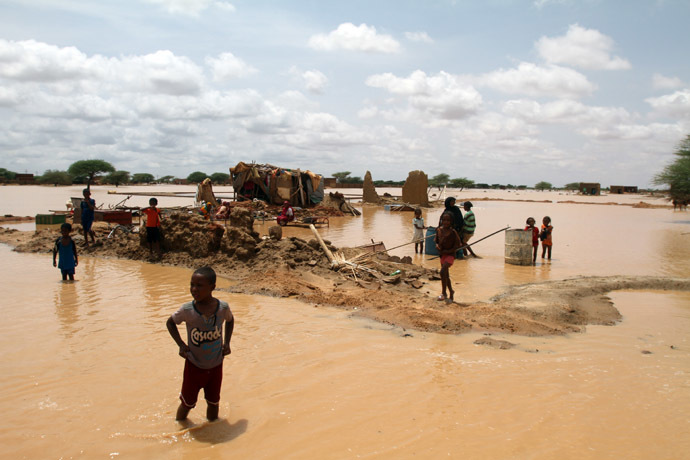
Developing countries constitute over 85 percent of the displacement over the last five years, the report also revealed.
The ‘hotspots’ for natural disasters are outlined in the study as well: in 2013, those are the Philippines, where a single typhoon displaced over 4 million people (the overall displacement figure for the Philippines in 5.8 million); seasonal flooding forced people to escape sub-Saharan Africa: Niger, Chad, Sudan and South Sudan.
Despite Asia leading in terms of figures, Africa remains the riskiest region: its population is set to double by 2050, and flooding combined with drought and conflicts is expected to see displacement figures grow even faster.
The specific vulnerability of locals in developing countries is that they sometimes don’t have time to recover or flee before a new disaster hits.
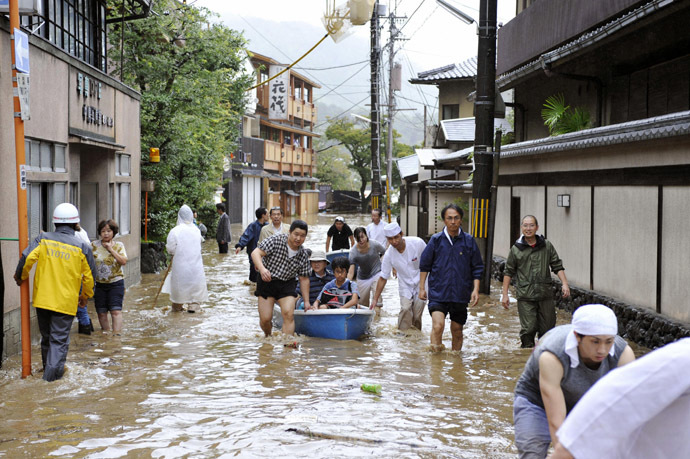
“People are crammed together and there is no escape. They live in river deltas, they live on hurricane beaches, they live along river beds that are easily flooded, they live where there are mud slides and so on,” Egeland said.
Developed countries were also dealt a blow by the disasters. Typhoon Man-yi in Japan displaced 260,000 people and tornadoes in the US state of Oklahoma saw 218,500 affected, the report said.
The study also underlined the fact that the main cause of any natural disaster may be attributed to humans, and outlined moves to curb the deadly disasters in the urban environment.
“Most disasters are as much man-made as they are natural,” said director of IDMC (International Development Monitoring Center), Alfredo Zamudio.
“Better urban planning, flood defenses and building standards could mitigate much of their impact,” he added.
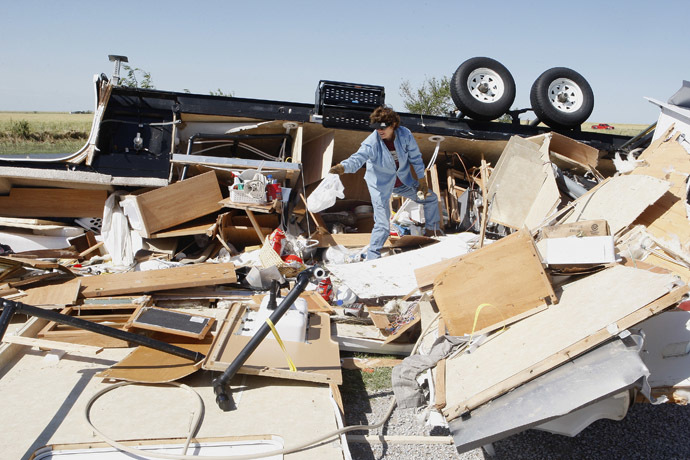
On average, 27 million people a year lost their homes to natural disasters over the last decade. In 2010, that number rose to 42 million, the Guardian reported. 2013 is memorable for the way many people were forced out of their homes by war and violence: usually the ratio between war and natural disaster displacement figures varies by 10 times, whereas last year’s was only 3 times.
The report comes ahead of the UN climate summit set to take place next week.









